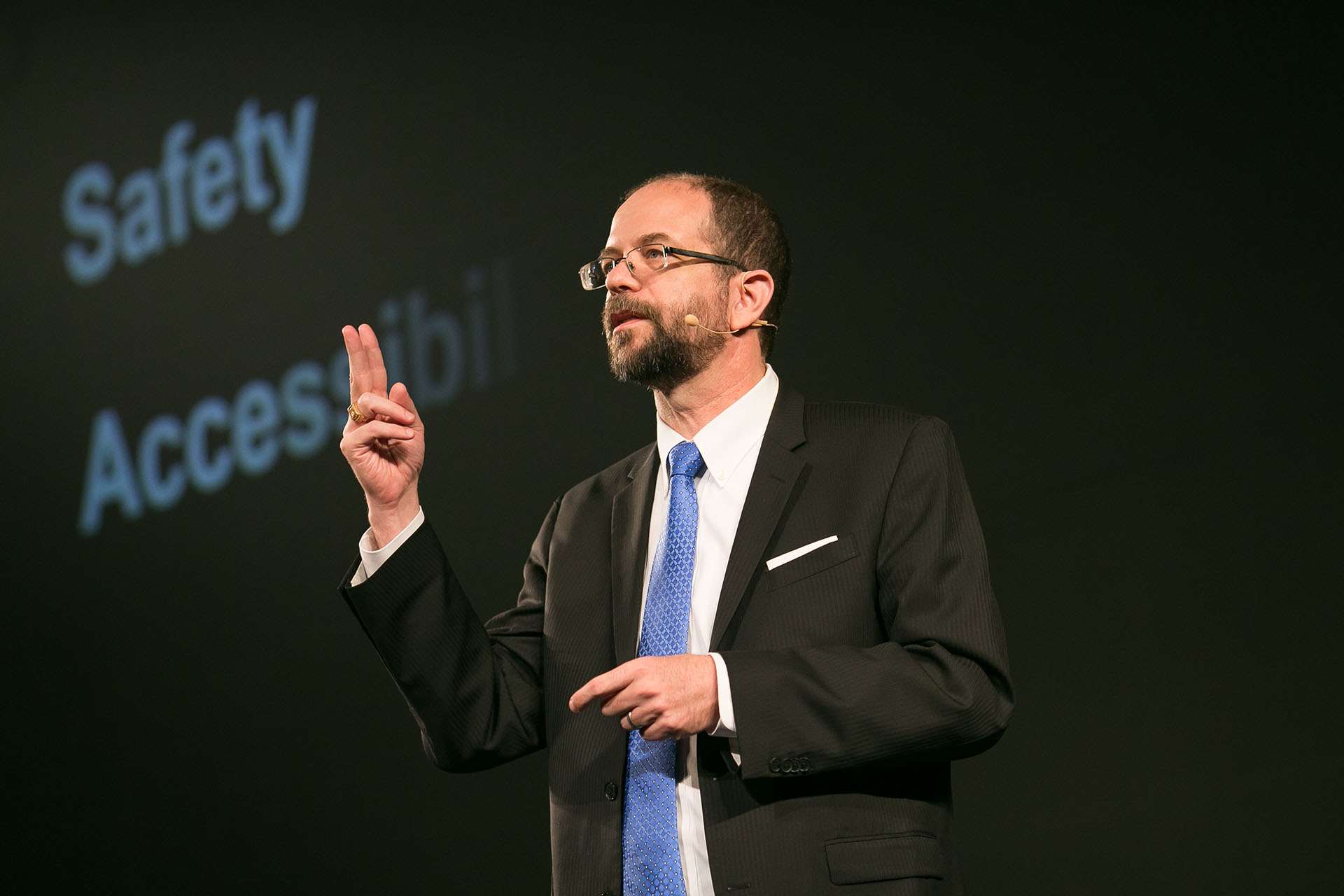Toyota will invest $1 billion over the next five years into a new R&D operation focused on artificial intelligence and robotics.
The Toyota Research Institute (TRI) is to be headquartered near Stanford University in Silicon Valley, with a second facility to be located near MIT in Massachusetts.
It will be run by Dr Gill Pratt, who is best known for his former role as program manager of the DARPA robotics challenge, which aims to develop semi-autonomous robots for use in disaster response.
“The purpose of TRI is to bridge the gap between fundamental research and product development of life-saving and life-improving technologies,” Pratt said.
“TRI will focus first on collaborative autonomy and artificial intelligence ― the way people and machines can work together, particularly in the area of mobility.”
Pratt said the institute would focus its efforts around three key goals: safety, accessibility and robotics.
“Our safety goal is to make driving much safer by preventing cars from being involved in an accident regardless of a driver's actions,” he said.
“Our accessibility goal is to enable every person to benefit from the mobility of cars, regardless of their demographics and physical challenges.
“And finally our robotics goal is to improve the quality of life for all people, and in particular to allow seniors the dignity of aging in place, in their own familiar homes, regardless of age or infirmity.”
Pratt said three incidents in particular had shaped his desire to seek change through TRI.
“First, when I was in grade school, I came across a fatal accident. A boy riding a bicycle ended up in the street where he was struck by a car and killed,” he said.
“I still remember the terrible scene, including the driver, who was sitting with his head in his hands while the emergency personnel tried in vain to revive the boy.
“I came home stunned. It was a moment I would never forget.
“Second, when my father reached the age of 83, my sister and I had to take away his car keys - a terribly disappointing day for him and for us.
“And third, when my father was 84, he had to be moved to a nursing home.
“TRI's three goals in safety, accessibility, and robotics ring true to me because of these three events in my life, and we will work towards making these kinds of difficult events less likely for families around the world.”
Pratt believed he could make significant inroads on artificial intelligence at Toyota because its scale would create big data that could provide valuable feedback on developments.
“Toyota sells approximately 10 million vehicles a year- 100 million in ten years. If each of them runs 10,000 km a year, that totals 1 trillion km per year of potential real-world data,” he said.
“Data which could be collected from Toyota vehicles driving in variety of conditions all over the world will be a key for us to accelerate the evolution of future technology.”
He also said his two months at Toyota to date had proven to him that there was buy-in from the uppermost levels of the business in a future around AI and robotics for broad societal gain.
“It's my time to step to the plate,” he said.
“I believe taking on these challenges gives us the power to change the world. I can't wait to begin.”









